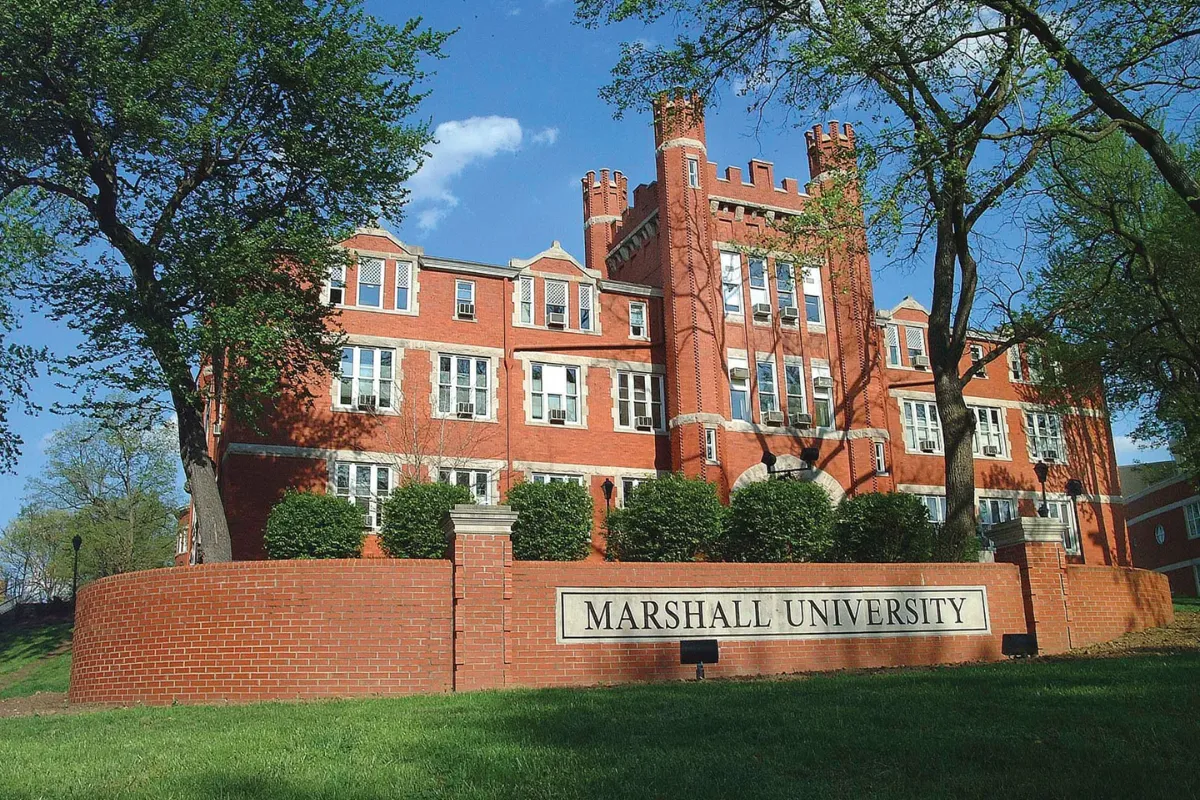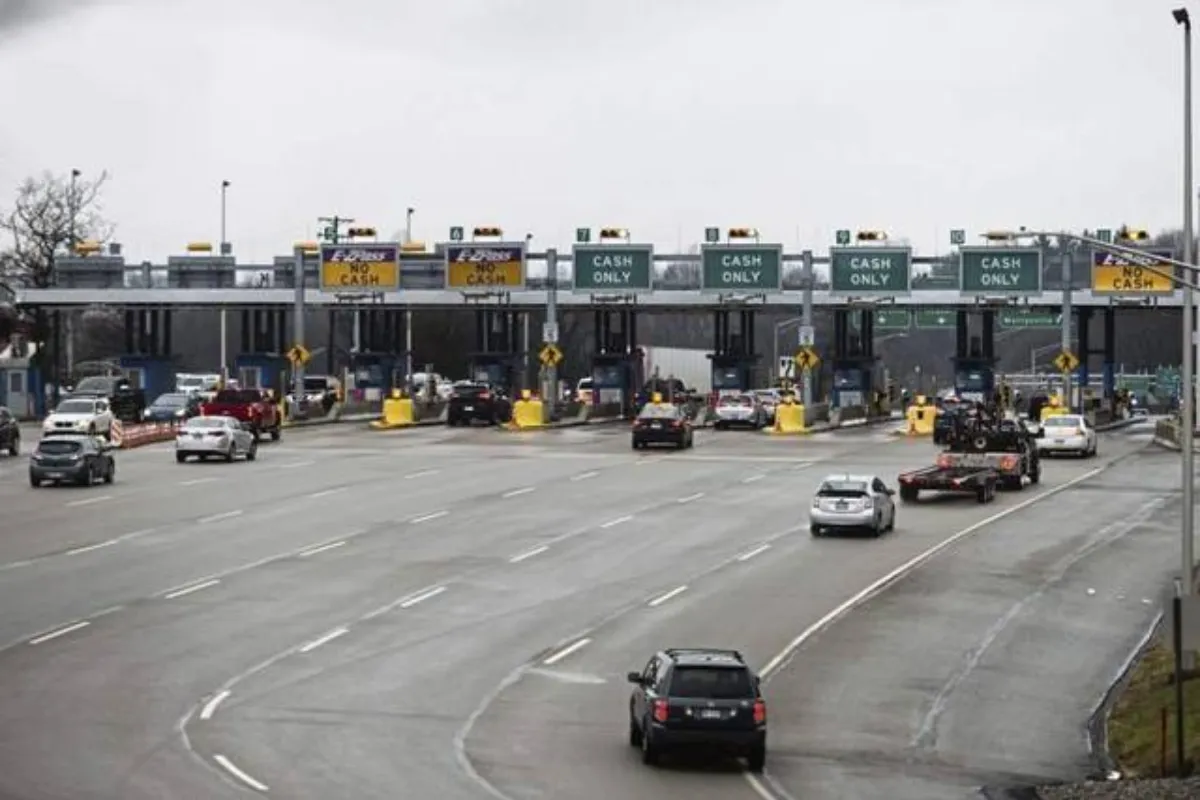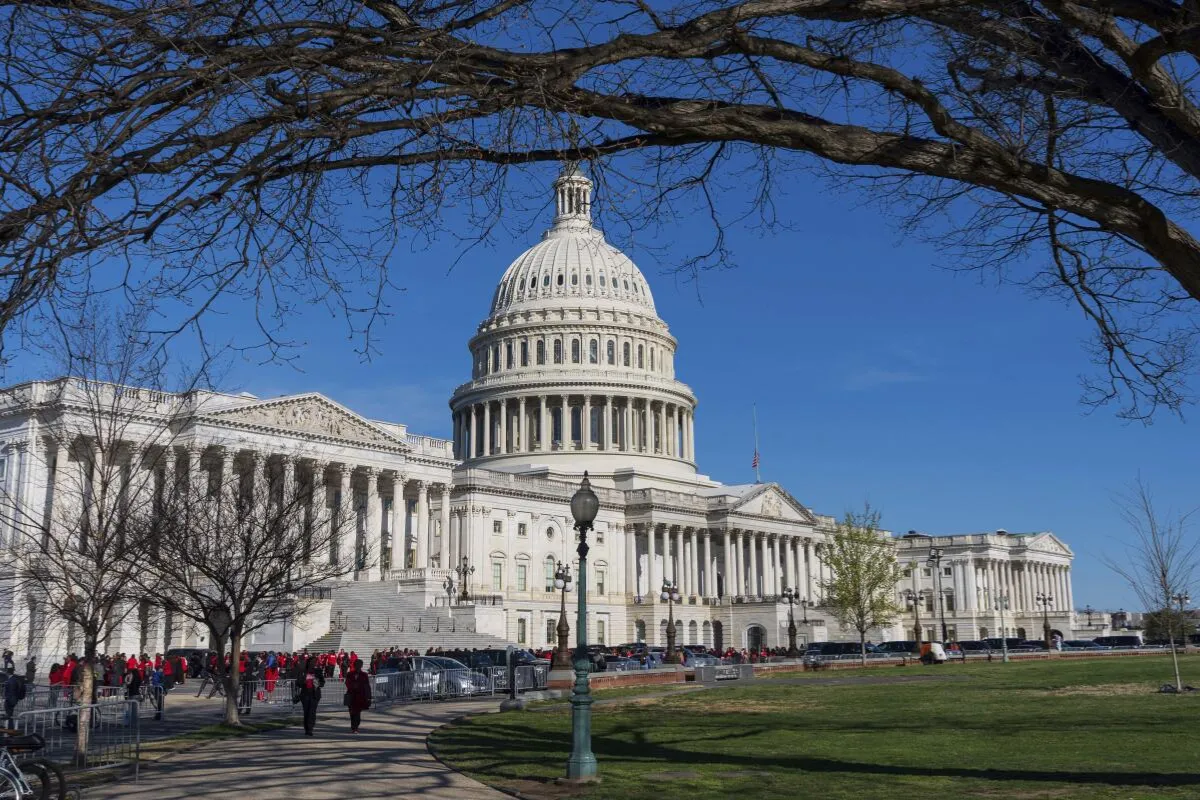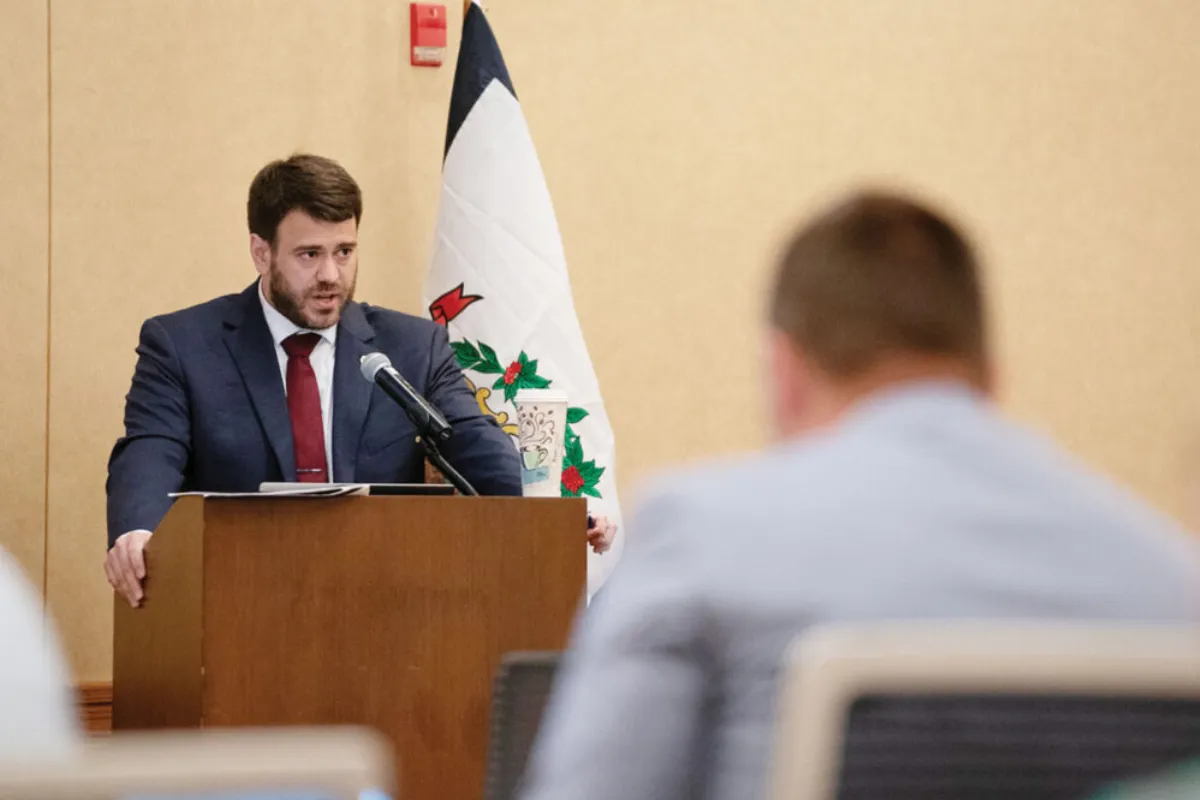As of May 8, 2025, the U.S. has recorded 1,001 confirmed measles cases across 30 states. Most of these are tied to 12 active outbreaks, with the first wave beginning in West Texas in January. The surge in cases is deeply concerning, especially as it exposes the dangers of low vaccination rates in certain communities.
Alongside the spread of measles, misinformation is also on the rise. U.S. Health and Human Services Secretary Robert Kennedy Jr., a well-known vaccine skeptic, is facing backlash for spreading false claims during this public health crisis. Notably, his actions during a 2019 measles outbreak in American Samoa were blamed for worsening the death toll, as mentioned by Hawaii Governor John Green.
In light of this, journalists are urged to report responsibly—fact-checking their sources and avoiding the repetition of misinformation, especially when it comes from high-profile officials.
How the Measles Vaccine Works
The best—and only—way to prevent measles is through the measles-mumps-rubella (MMR) vaccine. One dose offers 93% protection, while two doses provide 97% protection. The vaccine is safe and widely tested. Common side effects include mild fever, soreness, and temporary joint pain.
Though rare, some children may experience febrile seizures after the vaccine, particularly between 12–24 months of age. Even then, the seizures are harmless and have no lasting effects. Serious side effects like low platelet counts or allergic reactions are extremely rare—occurring in 1 out of 40,000 or even 1 in a million cases.
There is no proven link between the MMR vaccine and autism. More than two dozen studies have confirmed this fact.
Measles Is Highly Contagious
Measles is the most contagious human disease known. Its basic reproduction number (R0) is between 12 and 18, meaning one person can infect up to 18 others. It spreads through the air and can linger for up to two hours in a room after an infected person has left. People are contagious four days before and four days after the tell-tale rash appears.
The Importance of Herd Immunity
To prevent outbreaks, 95% of the population needs to be vaccinated. Yet the national average among U.S. kindergarteners for the 2023–2024 school year was just 92.7%. Some states, like West Virginia (98.3%) and California (96.2%), exceed this threshold. But others, like Idaho (79.6%), fall dangerously short, increasing the risk of local outbreaks.
Measles Can Be Deadly
Common complications include diarrhea, ear infections, and pneumonia. More severe issues like encephalitis and death can also occur. For every 1,000 children infected, one to three may die. Measles can also lead to SSPE, a rare brain disorder that is always fatal and can appear years after recovery.
One of the most concerning effects of measles is “immune amnesia.” After infection, the body may forget how to fight off other diseases. This weakens immunity, leaving people vulnerable to illnesses they were previously protected against.
Adults May Need a Booster
Two doses of the MMR vaccine became standard after 1989. Adults born between 1957 and 1983 may have had only one dose and might need a booster. Some people vaccinated between 1963–1967 may have received a less effective version and should consult their doctor.
The Truth About Vitamin A
Some have wrongly promoted vitamin A as a way to prevent measles. This is false. While hospitalized children may be treated with vitamin A under medical supervision, it cannot prevent measles and can be dangerous in large doses.
Final Thoughts
Measles is preventable. The MMR vaccine is safe and highly effective. With misinformation spreading almost as fast as the virus, it’s more important than ever to rely on trusted medical guidance and ensure communities reach herd immunity. Taking these steps will protect not only individual families but the entire nation from a disease that once claimed many lives.
















